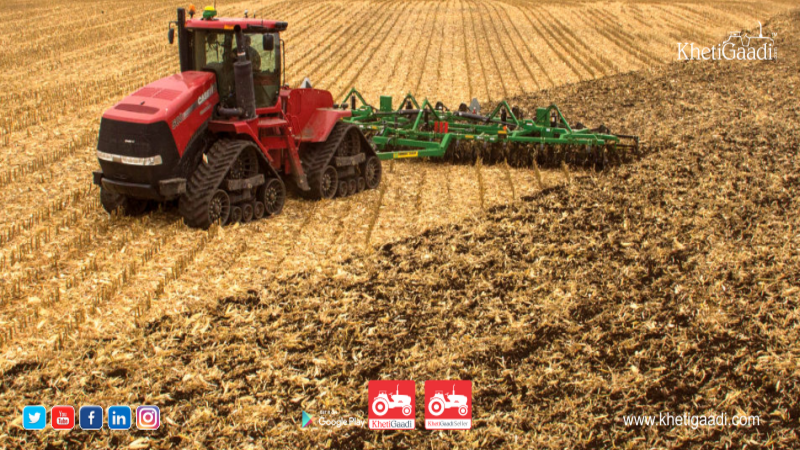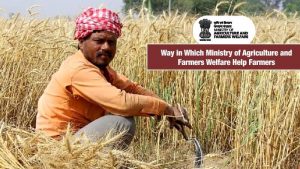The everyday farming activities of plowing fields and seasonal crop harvests are causing some serious issues underground. The heavy tractors and other farm equipment operating in the fields compress the soil which each pass. Season after season, the sub-surface soil continues to be compact, which is known as “hard pan”.
The connectivity of soil pores coupled with the size and number of pores is very important for water infiltration, water, and nutrient movement within the soil and the ability of the soil to hold water. Large, inter-connected soil pore spaces enhance several actions:
- water infiltration into the soil
- water percolation into the root zone and subsoil
- air exchange with the atmosphere
Identifying Types of Soil Compaction
Soil compaction can occur at the soil surface in the form of soil crusting, or it can occur in the subsoil. Soil compaction is sometimes blamed for reduced crop productivity, but it is important to correctly diagnose the cause or causes of reduced crop production. Poor plant growth can be caused by a number of factors, including soil compaction.
- Surface Soil Crusting: Soil tillage can bury much of the protective residue cover on the soil surface and degrade the granular structure of surface soils (mechanical crushing or breaking of larger soil aggregates). The impact energy of rainfall or irrigation droplets can also cause considerable degradation and breakdown of soil aggregates, causing soil particles to become suspended in water, flow together and then dry into a hard surface soil crust. The crusted soil can restrict water infiltration into soil and restrict the emergence of germinating crops.
- Subsurface Compaction: A tillage-induced compaction layer is sometimes referred to as a” hardpan” or “plow pan” and occurs in the layer of soil just below the depth of tillage. It occurs when soils are cultivated repeatedly at the same depth. The weight of the tillage equipment, such as discs or cultivator shovels, can cause compression of the soil and smear at the base of contact between the soil and tillage implement. Usually, the compacted layer is about 2 to 3 cm thick.
- Wheel Traffic-induced Compaction: Heavy farm equipment, including tractors, grain carts, combines, trucks, manure spreaders and wheels of pivot irrigation systems, can exert considerable weight onto the soil surface and, consequently, into the subsoil. The effect of equipment weight can penetrate down to 60 cm (24 inches) when soils are moist.
- Topographical Influence on Soil Compaction: Fields with variable or rolling landscapes may have soils in hilltop areas that are naturally more compacted. Soils developed on hilltops are usually characterized by shallow surface soil layers, low organic matter and compacted subsoil layers (higher bulk density). This is a form of natural soil compaction due to the way soil material was deposited by glacial action.
Effects of Hard Pan:
Hard pan soil poses many problems for farmers. The compacted soil can cause:
- Chemical run-off into creeks, lakes, ponds, rivers, and streams
- Decreased seed germination
- Decreased root and plant growth
- Flooding and washed out crops
- Poor water drainage
- Loss of soil crop protection chemicals and fertilizers from run-off
- Reduced soil aeration, which can result in stunted crops
- Standing water
- Topsoil erosion
For reading more agriculture blogs and updates, keep visiting our khetigaadi.com. It gives you latest updates in tractors and agriculture mechanism.
Visit our page for more information about Tractor, Agricultural implements, Tractor Price, Tractor Videos, and Tractor Games.




